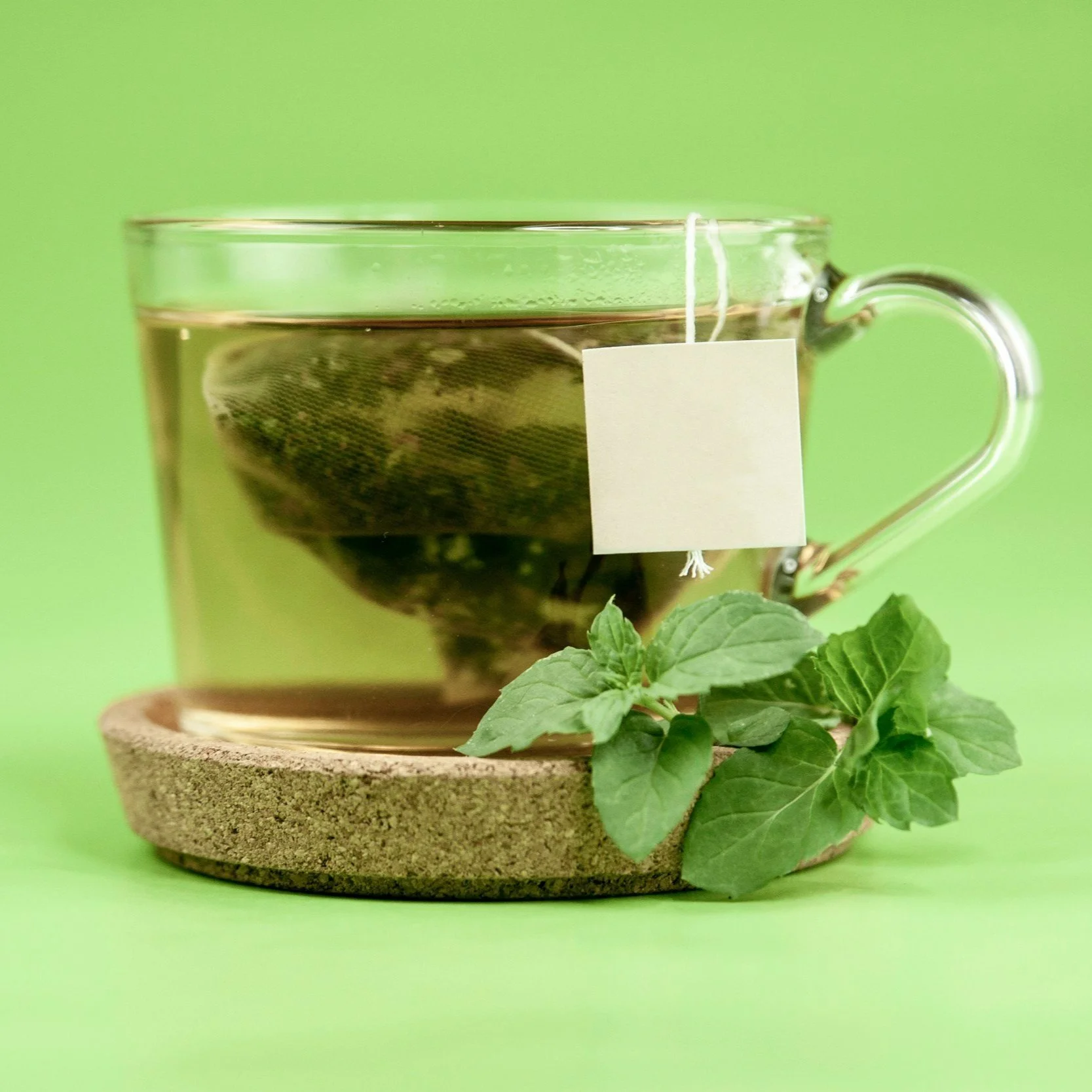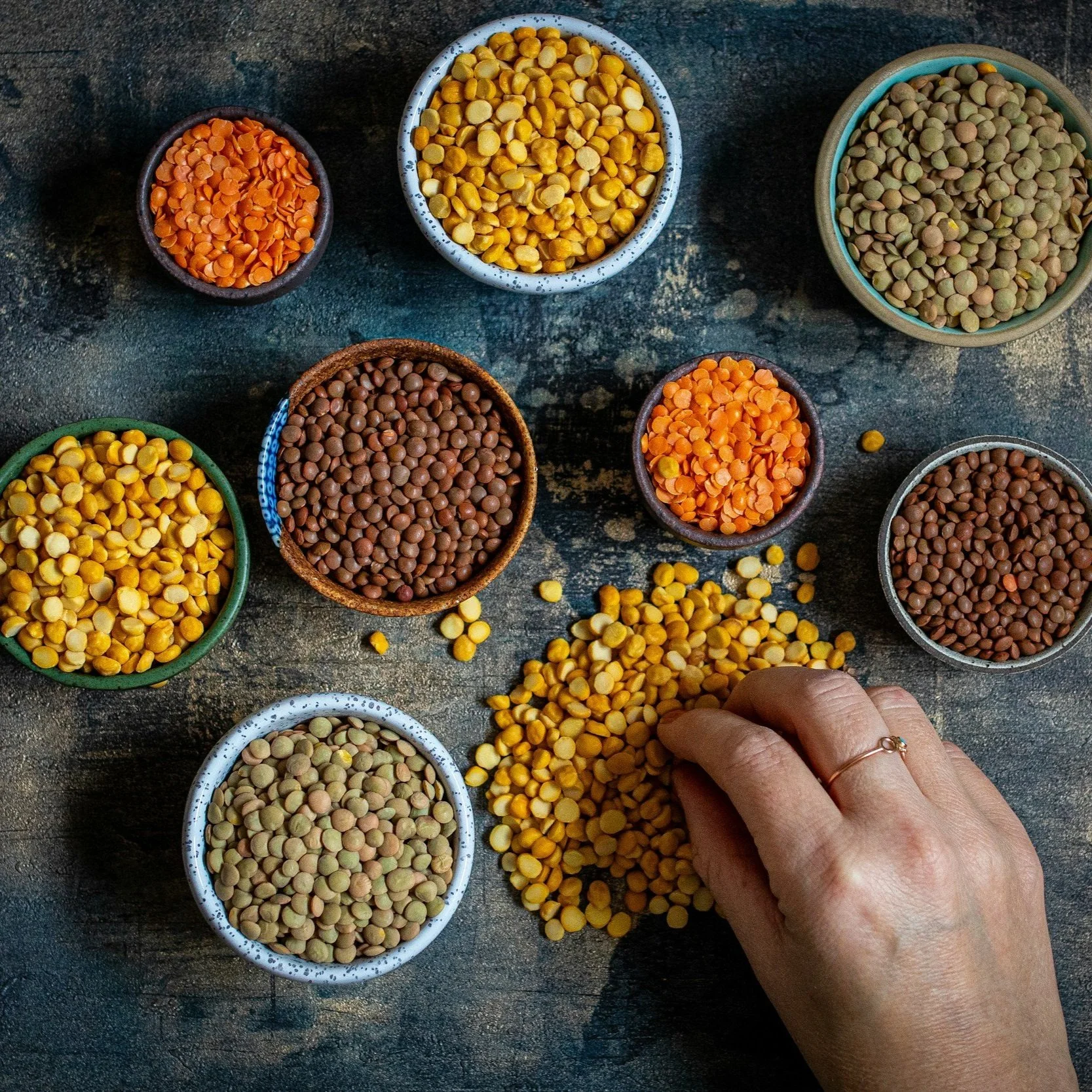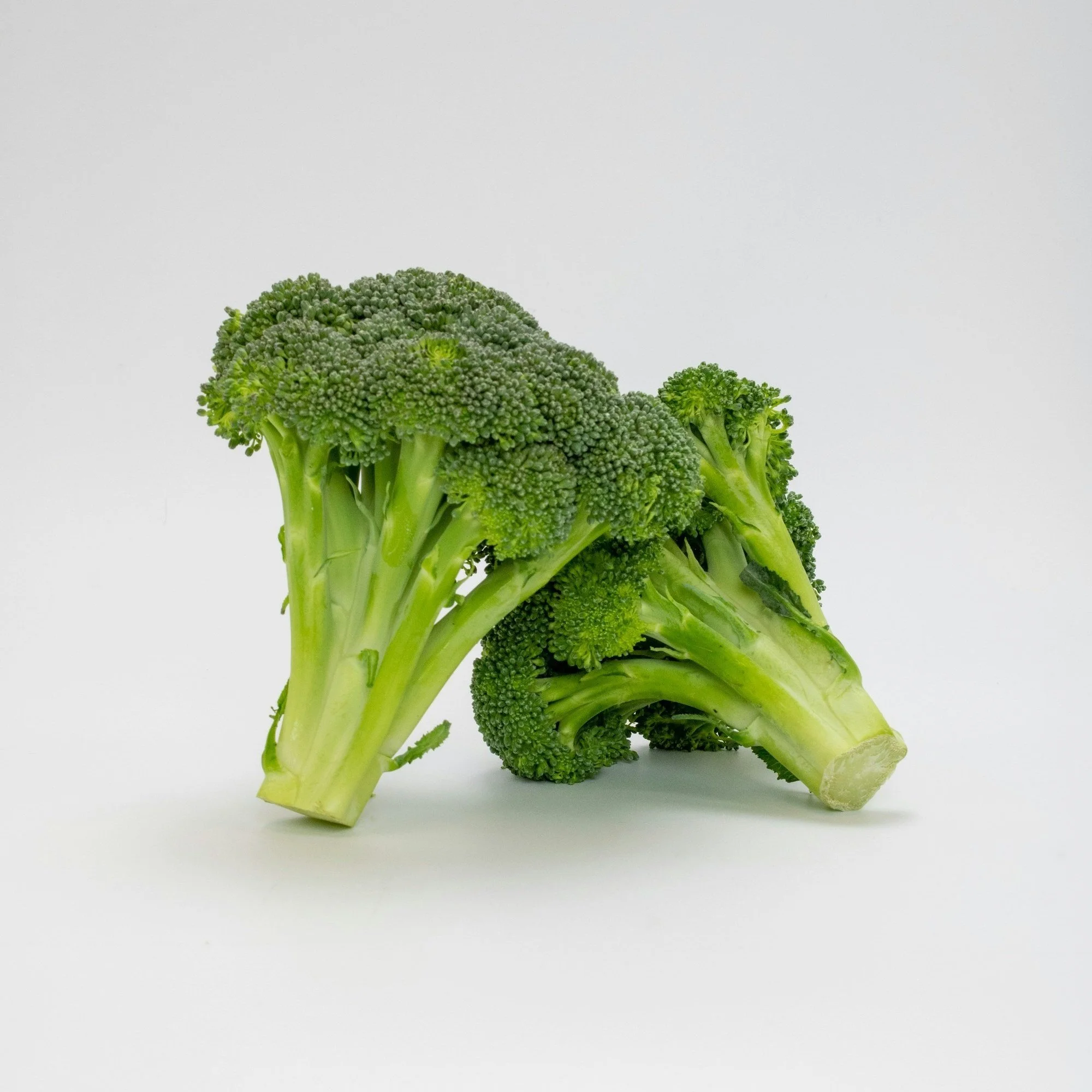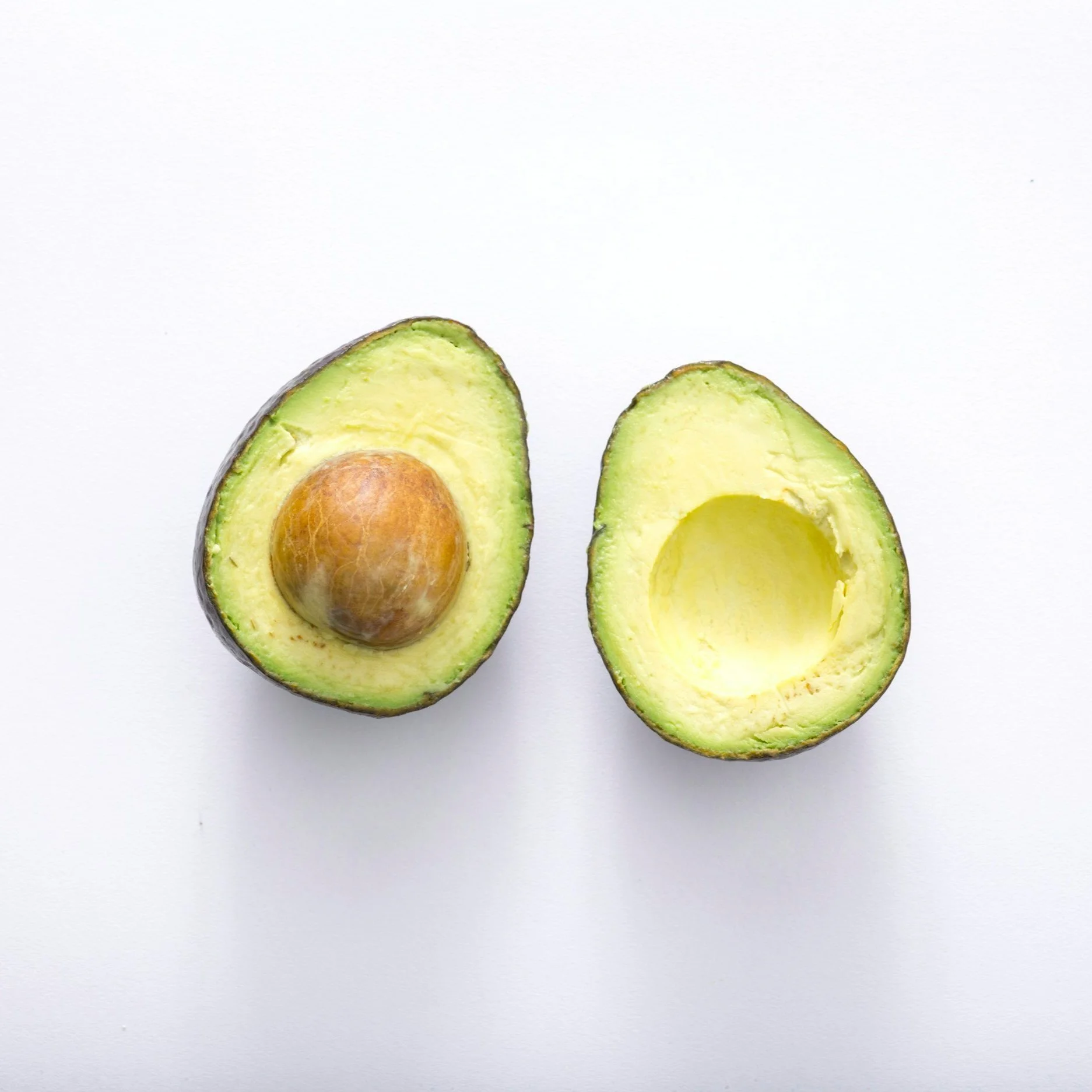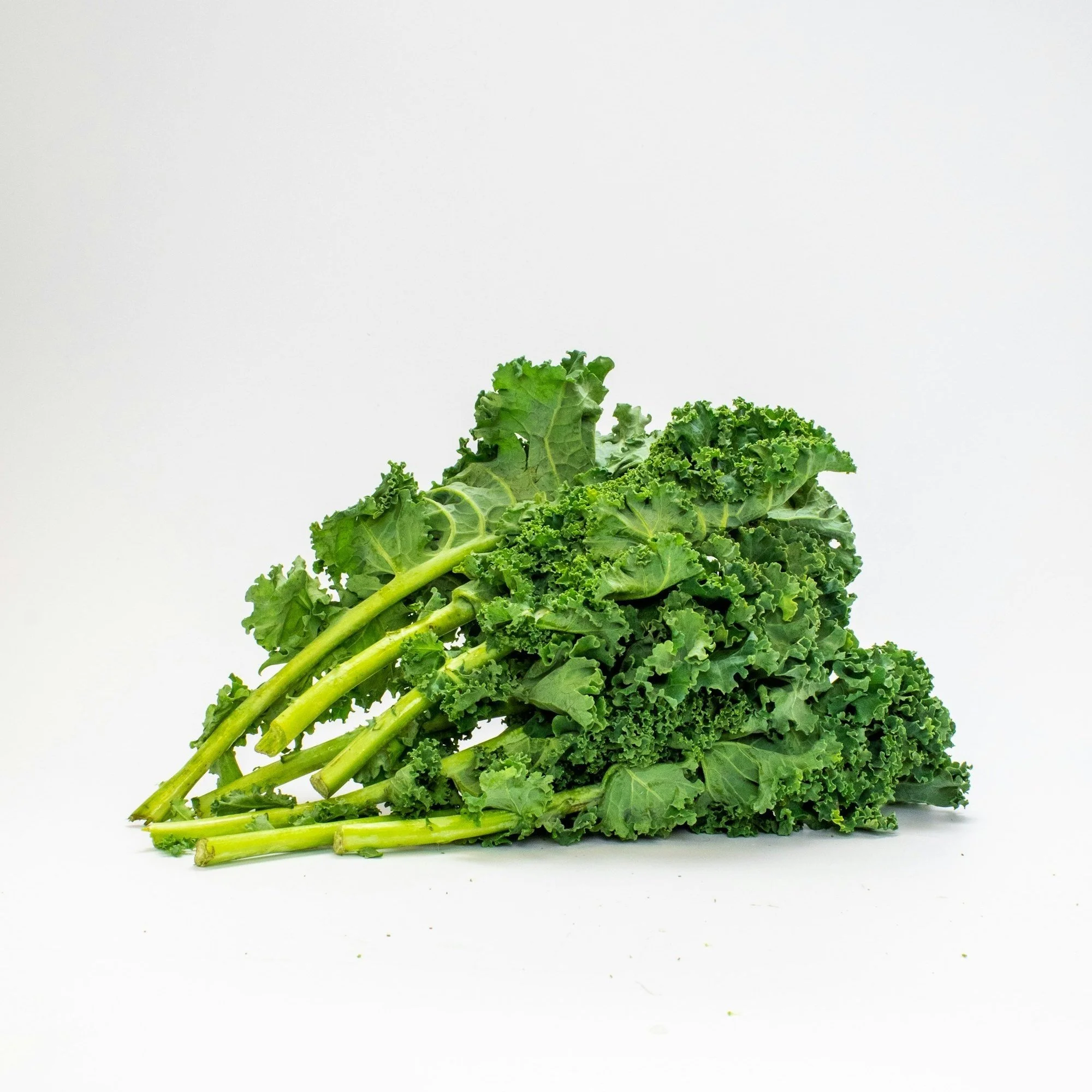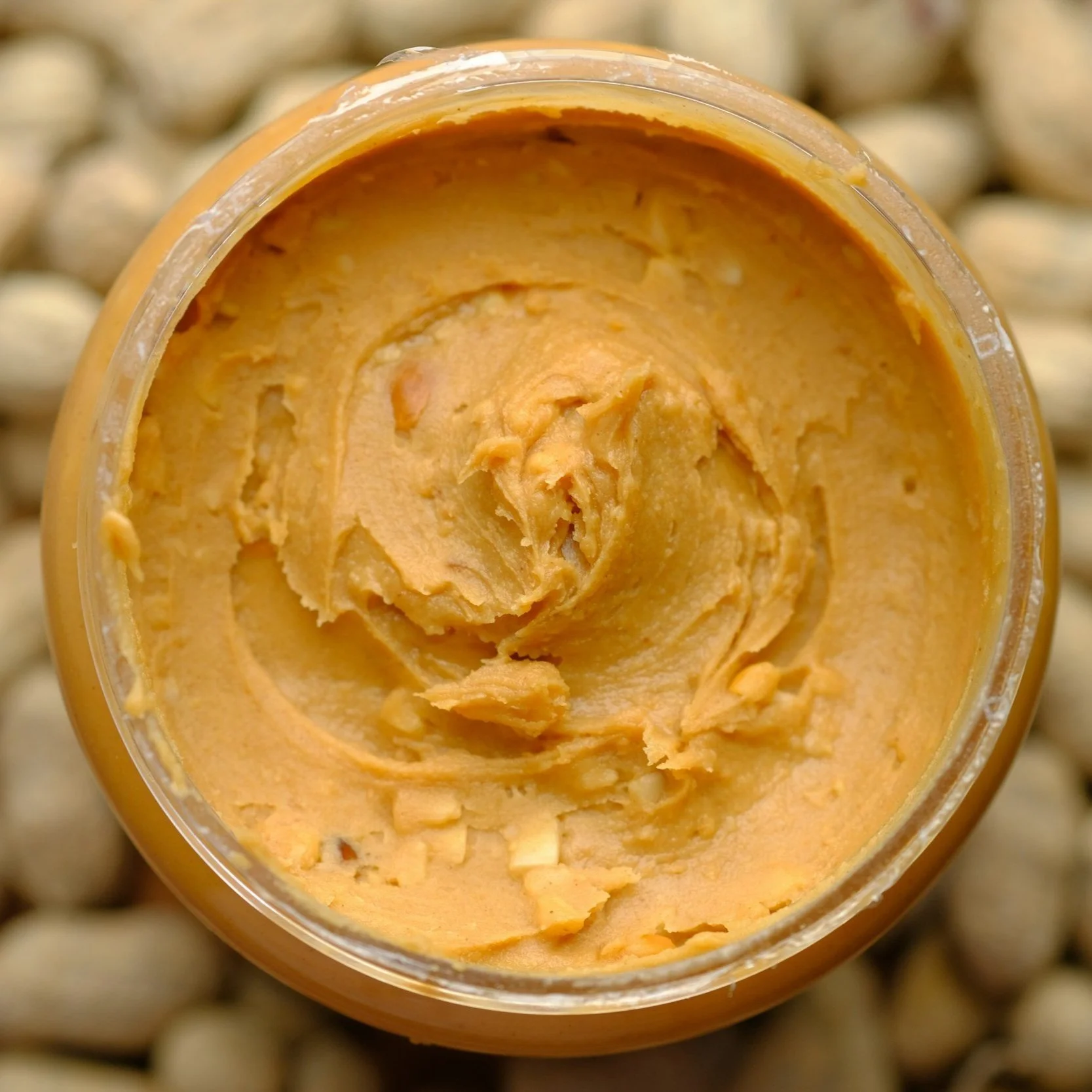Research Shows That These Are The Top 10 Affordable Superfoods
With food prices at all-time highs, inflation affecting grocery staples, and a seemingly endless flood of nutrition advice online, eating well can feel overwhelming—or just plain unaffordable.
We get it. That’s why we’ve put together this updated list of the top 10 budget-friendly superfoods, backed by the latest research and chosen for their nutrition density, versatility, and cost per serving.
1. Haskap Berries
Why it’s a superfood standout:
Haskap berries are still flying under the radar, but they shouldn't be. These cold-climate berries contain some of the highest levels of C3G (cyanidin-3-glucoside)—a powerful anthocyanin known to improve glucose regulation, inflammation, blood pressure, and exercise recovery.
New studies published in Nutrients (2024) show:
Improved endurance and muscle recovery in runners
Blood sugar and insulin sensitivity improvements in people with metabolic syndrome
Cognitive and vascular health support in aging populations
2. Almonds
Nutrient-rich and long shelf life = perfect pantry staple.
Almonds are loaded with vitamin E, healthy fats, magnesium, and antioxidants. New 2023 data from the European Journal of Nutrition shows almonds can:
Lower LDL cholesterol
Improve gut microbiota composition
Enhance satiety for weight control
Budget tip: Buy raw almonds in bulk and toast them yourself. You don’t need to go organic.
3. Green Tea
Still one of the cheapest and healthiest drinks on earth.
Green tea is rich in catechins (especially EGCG) which are linked to:
Reduced risk of cardiovascular disease and stroke
Enhanced fat oxidation during exercise
Lower inflammation markers
Bonus: Studies in 2024 are now showing green tea’s positive effect on bone density and menopause symptom relief.
Budget tip: Loose-leaf green tea gives you more cups for your dollar than bags.
4. Lentils
Lentils continue to top the list for affordable protein and fiber.
New studies in Frontiers in Nutrition (2024) reinforce their benefits:
Reduced risk of colorectal cancer
Improved gut health
Support for heart health and blood sugar balance
Budget tip: A 1-lb bag of lentils can make 6–8 servings of soup, stew, or salad for under $2.
5. Broccoli
Still reigning as a low-cost, high-reward veggie.
New evidence in The Lancet Planetary Health (2025) links cruciferous vegetables like broccoli to:
Slower cognitive decline
Lower risk of type 2 diabetes
Better liver detox and hormone balance
Budget tip: Frozen broccoli retains its nutrients and is often half the price of fresh. Steam or microwave—don’t boil—to preserve vitamin C.
6. Avocado
Yes, avocados are still budget-friendly if you shop smart. Their nutrient profile is exceptional:
High in monounsaturated fats
Rich in B-vitamins, potassium, and folate
May reduce blood pressure and inflammation (American Heart Association, 2024)
Budget tip: Buy underripe avocados in bulk and let them ripen at home. Skip organic—avocados have thick skins that naturally limit pesticide residue.
7. Kale
Kale remains a king among greens.
2025 studies show kale’s high levels of lutein and zeaxanthin support eye health, while its fiber and glucosinolates help:
Detoxify the liver
Lower inflammation
Support immune function
Budget tip: Buy fresh kale in bunches, remove stems, blanch, and freeze for later use in smoothies or soups.
8. Quinoa
One of the few plant-based complete proteins, quinoa is rich in:
All 9 essential amino acids
Magnesium, iron, and zinc
Anti-inflammatory phytonutrients
Quinoa also scores lower on the glycemic index than most grains, making it a smart carb for blood sugar balance.
Budget tip: Buy in bulk and rinse before cooking to remove bitterness. Costco and ALDI often carry organic quinoa for less than $3/lb.
9. Iceberg Lettuce (Yes, Really)
Iceberg’s reputation is finally getting an upgrade. A 2024 micronutrient review shows:
High levels of vitamin K, folate, and beta-carotene
Great source of hydration and low-calorie volume
Useful in gut support due to its fibrous cellulose content
Budget tip: Mix iceberg with darker greens to add volume to salads while saving money.
10. Peanut Butter
Don’t sleep on peanut butter—it’s still a nutritional MVP.
With oleic acid, plant protein, vitamin B6, and minerals like zinc and magnesium, peanut butter may:
Improve cholesterol and blood sugar
Aid muscle repair
Promote satiety and weight control
New data in BMJ Nutrition (2024) supports a correlation between moderate nut intake and lower all-cause mortality.
Budget tip: Go for natural PB with no added sugar or hydrogenated oils. You don’t need organic.
Final Thoughts
Eating well doesn’t have to mean blowing your grocery budget. By incorporating these nutrient-dense, affordable superfoods into your diet—even just a few times per week—you’ll be taking meaningful steps toward better health.
If you're looking for a potent, easy-to-use, and budget-conscious addition to your daily wellness routine, check out our 100% pure haskap powder and juice at:
🔗 The Better Berry Co 🔍 Or search “Better Berry Co” on Amazon



